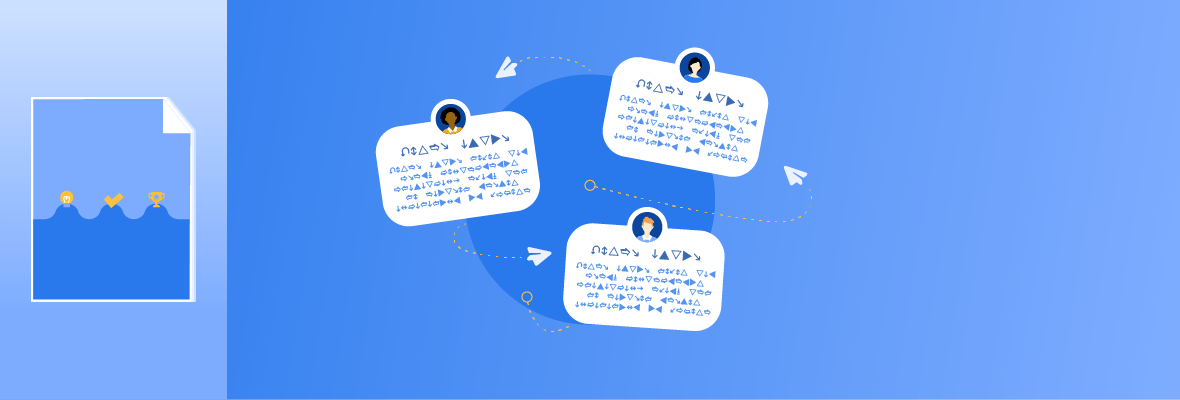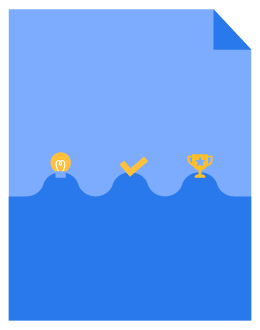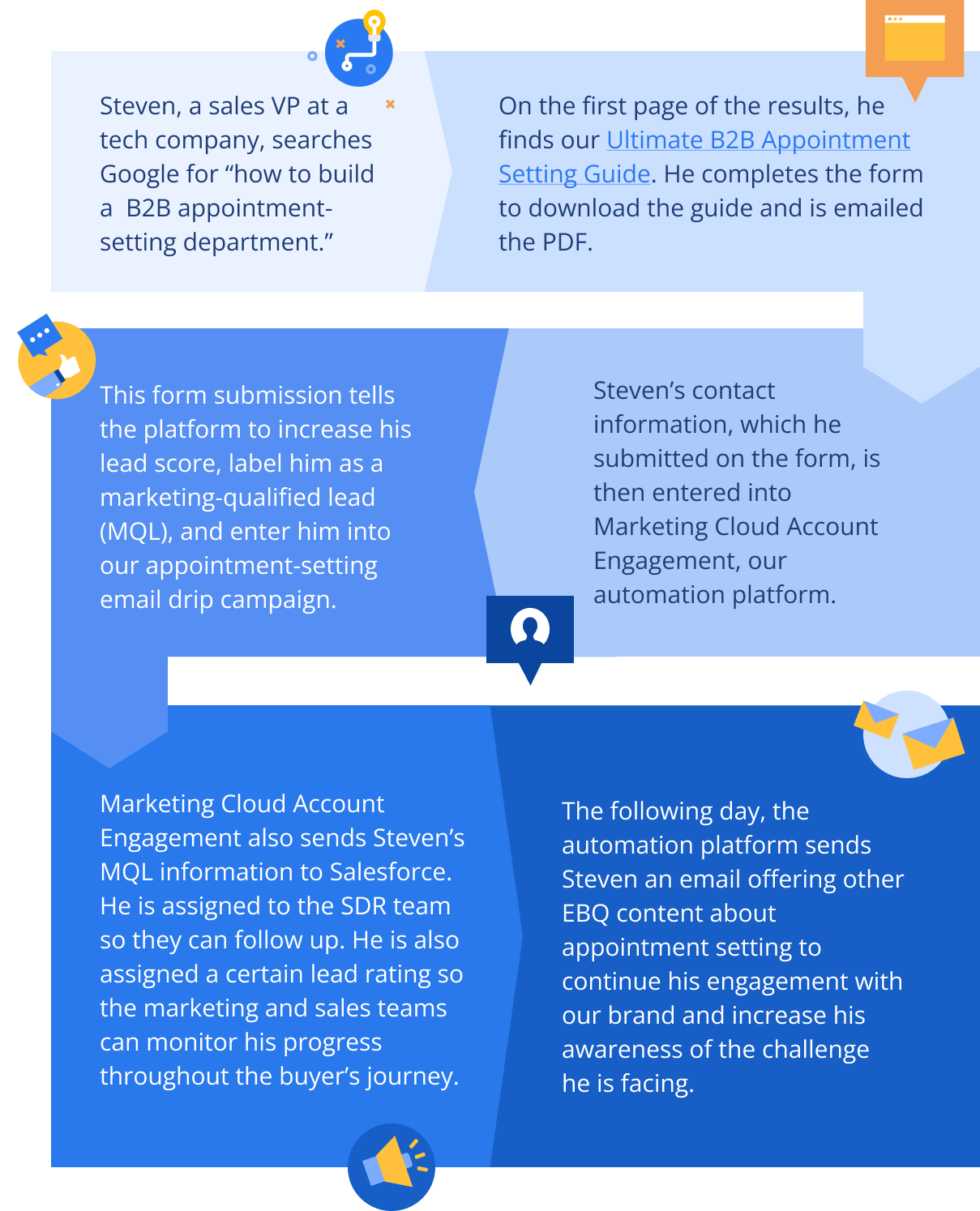Awareness Stage: Outreach Techniques to Reach the Right Buyers


Tim Edwards
This post was originally published in January 2019 and has been updated for accuracy and comprehensiveness.
When potential buyers become aware of their problem and look for ways to solve it, they have entered the awareness stage of the B2B buyer’s journey.
Your goal in this stage is to be a resource for solving their business problem. Use your marketing and sales development efforts to inform them about their challenges and why your product or solution is the best option to solve them.
To find and reach relevant buyers, you need first to identify your ideal type of buyer and then base your strategy on that information.
Keep reading to learn how to effectively nurture your lead through the awareness stage.

Download the Ultimate Guide to the B2B Buyer’s Journey
With our guide, you will learn how to help your potential customers through the five stages of their buyer’s journey.
Use your prospect data to target the right buyer
At EBQ, we begin the sales process by looking at our customer data. Review your prospect database to ensure your initial efforts are spent on the right accounts. Although it’s a meticulous process, checking that your data is correct, updated, and specifically targeted at your ideal personas will save you time and money in the long run.
Suitable targeting is essential for both your sales and marketing strategies. Otherwise, your sales reps and marketing team may not know who to call or engage with.
If your conversion rate is low, it might be time to clean or even rebuild your contact database. Our data specialists ensure our clients’ databases are accurate and up to date for better targeting.
A few data points to consider:
- Contact information
- Industries
- Job titles
- Company sizes
Once you gathered this data, you’ll be able to create ideal customer profiles and buyer personas.
Ideal Customer Profile vs. Buyer Persona
An ideal customer profile is a set of data that will give your team insight into the prospective company’s attributes. On the other hand, a buyer persona collects data that will help you define the organizational roles, needs, and goals of your target audience. Consider what type of customer will benefit from your product or service. Identify your ideal customer and buyer personas to tailor your efforts in the awareness stage.
| Ideal customer profile (ICP) | Buyer persona |
|---|---|
| Your ICP will include the types of companies you will focus your efforts on. This information will include the industry, verticals, company size, revenue, and average deal size of the company. | This information will tell you about the individuals within the company that you will need to persuade to make a purchase. Buyer persona information includes demographics, who the decision makers are, their challenges and fears, and their role in the purchase decision. |
Finding relevant companies and people to target will enhance your acquisition strategy without wasting time or money pursuing prospects that are unsuitable for your company.
Appointment Setting Techniques
An outbound sales approach in the awareness stage can only begin after you understand what motivates your buyers to make a purchase. Potential customers may not know they have a problem yet, but this is your opportunity to educate them on how your product or service can provide a solution.
Outbound sales tactics
Cold Outreach
Your sales development department should call leads who have not yet contacted your company but fit your buyer persona or ideal customer profile.
Attending Business Events
Take advantage of business events like conferences, networking events, and setting up a booth at trade shows. These allow you to meet like-minded people and educate them on your product and service.
In our experience, allowing the salespeople to prioritize closing deals while your sales development representatives (SDRs) handle the prospect calling boosts conversion. The role of the SDR/AE model is to initially introduce the cold lead to the offer and create awareness outside of your marketing efforts.
By using sales development techniques early on, you will be able to target leads more effectively and intentionally than a broad marketing audience. To make this step successful, your SDRs should operate out of a database that includes key accounts worth pursuing and their respective decision-makers.
The SDRs should gather additional information about accounts in order to help speed up the sales cycle.
Look for data pertaining to the following information:
- Organizational challenges
- Individual pain points
- Key decision-makers
The overall goal of an SDR is to warm up leads until they are interested in hearing more about your product or service and setting up a sales appointment with a closing representative. This SDR function is known as appointment setting. If you’d like to learn more about the sales development strategy, read our Ultimate Guide to B2B Appointment Setting.

Subscribe to EBQ's Bimonthly Newsletter

Subscribe to EBQ's Bimonthly Newsletter
Inbound Sales Approach
In B2B marketing, one important aspect of success is creating marketing-qualified leads (MQLs) — which are leads who have shown interest in your company by interacting with marketing assets. In the awareness stage, buyers have recognized and learned about their business pain points, so your marketing efforts should focus on educating them and subtly introducing your product as a solution.
A few techniques for generating MQLs in the awareness stage can look like:
- Blogs and long-form content: Inform your readers about ways your product can solve their current pain points. These educational pieces are designed to position your brand as an industry thought leader, which fosters a better brand relationship with a prospect.
- Search engine optimization (SEO): Create content that will rank highly and get noticed by search engines. Take some time to research high-value keywords within your niche and understand the intent behind those keywords. Avoid creating content with broad keywords; instead, target keywords that indicate a ready-to-solve or ready-to-purchase sentiment.
- Paid ads: Platforms like LinkedIn and Google tend to work best for B2B companies when creating online advertisements. When making a paid ad, use specific targeting criteria to ensure your ads are seen by the right audience. This is an excellent opportunity to show your audience their pain points and why they should consider your offering as a potential solution.
An inbound strategy involves a lot of priorities. From developing your brand to implementing content creation initiatives, your marketing leaders should always prioritize efficient processes. Hiring a marketing agency to handle specific marketing tasks is a great way to increase the possible ROI from their time, effort, and spending.
Other tools and solutions continue to emerge as technology advances. Email automation is a useful tool to use throughout the buyer’s journey. At EBQ, we use Marketing Cloud Account Engagement (formerly known as Pardot) to create personalized email drip campaigns. Each is adaptable to how our buyers interact with the email. This takes some pressure off of creating personalized emails by hand every time someone engages with a previous email.
Below is an example of how an email drip campaign, paired with other strategies, can nurture a lead in the awareness stage:

In the consideration stage, we will discuss lead rating systems and prospect tracking. If you’d like a deeper understanding of B2B marketing strategies, we recommend you read our step-by-step guide, B2B Marketing Strategy Framework.

Download the Ultimate Guide to the B2B Buyer’s Journey
With our guide, you will learn how to help your potential customers through the five stages of their buyer’s journey.
Increase buyer engagement
The awareness stage is crucial as the first step of the sales funnel so you don’t waste your time and money on the wrong prospects. Starting with data and creating buyer personas and ideal customer profiles will steer you in the right direction regarding who to target.
As we said above, the goal of the awareness stage is to educate your buyer on their problem and show them why your product or service is the best solution for them. Using both outbound and inbound strategies will help you nurture the lead to the next step of the B2B buyer’s journey. In the next chapter, we will discuss the consideration stage.

